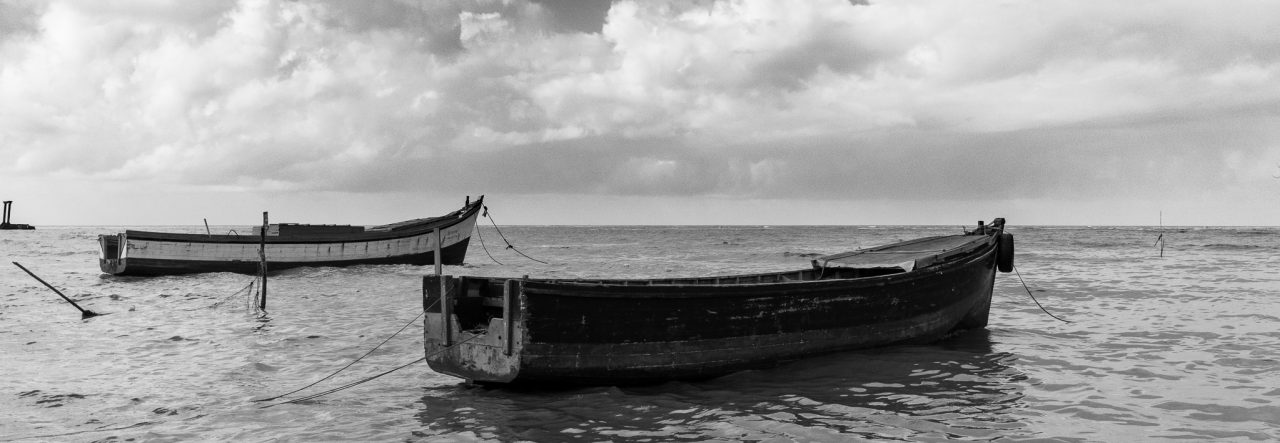I agree with NIkhil on this post, so I thought it a great idea to Repost it.
I often read commentary from a photographer called Ken Rockwell, he’s considered a bit of a nut sometimes, but in this I agree with him, The Camera Doesn’t Matter. That statement may be a bit far-fetched, but when you take it in context you’ll see what he means.
The camera is a tool, just a tool in your arsenal. The photographer has to see the intended shot, set the camera to their desired settings, and compose the final image. Final image may be a bit off the mark since it still has to be processed (whether in a conventional lab or a digital setting), and in this there are “tools” as well at work.
In the old context, guns don’t shoot people, people shoot people, it’s the same with photography, cameras don’t take the photographs, the photographer does.
As for Ken’s bold statement, “The Camera Doesn’t Matter”, it’s like this; since the camera is a tool, the photographer needs to know the limitations of the tool, what it can or can’t do and work within those parameters. You can’t expect to take a point-and-shoot camera made in 2004 and shoot a perfect photo of a moving subject in low light as you probably can now with something like the Nikon D300, but if you know what type of light you get the best photos from with the camera, or if you know the type of images you’ll get with that same camera in lower light then you will know what to expect from the camera and what type of photographs you can expect to produce under those circumstances.
If I know that this old camera will produce a grainy image at night, then I’ll pick a suitable subject and use the grainyness to advantage, maybe by using a sepia type conversion for an “old look” to it.
Again, you can use the old saying, a good workman doesn’t blame his tools, know your tools and what they can do and work within the parameters.
A better camera will not necessarily give you a “better” photograph, but it will be different, it may be clearer, larger, more details maybe, but not necessarily better. You will never see the same scene exactly the same way twice, so you need to make the best use of the tools at your disposal to get the best photo at that time.


Very nicely said Mike, but that isn’t what the “nut” you referred to said. Yours is the mature and sensible interpretation of what he said.
I think Ken takes it to the extreme by suggesting that he can take the perfect architectural photo with a toy camera like a Diana. To him, he can take the brilliant photos that he does (tongue very slightly in cheek) with a daguerreotype.
On Ken Rockwell’s pinhole camera the settings are: P[erfect] Av[Awesome Priority Tv[Totally Awesome Priority] M[ajestic] (borrowed with thanks from Ken Rockwell Facts 🙂
I do not think Rockwell is a nut. I have shared quotes from his site with my twitter followers but I do disagree with some of his views.